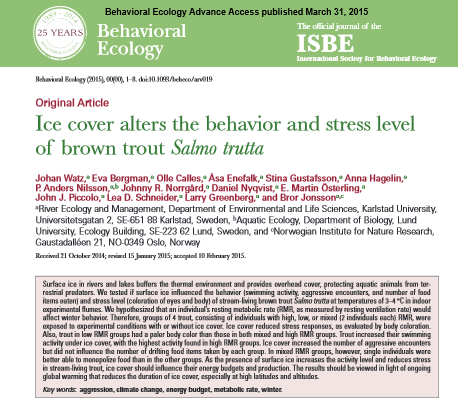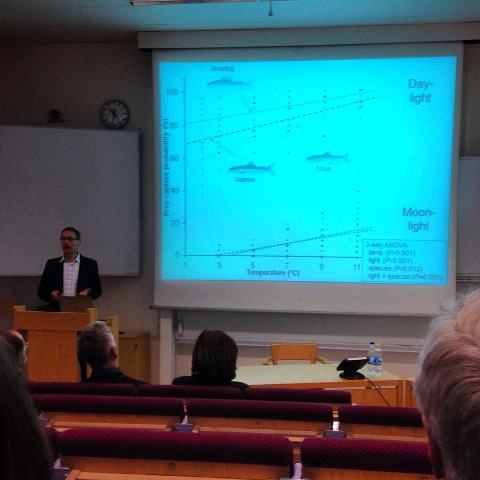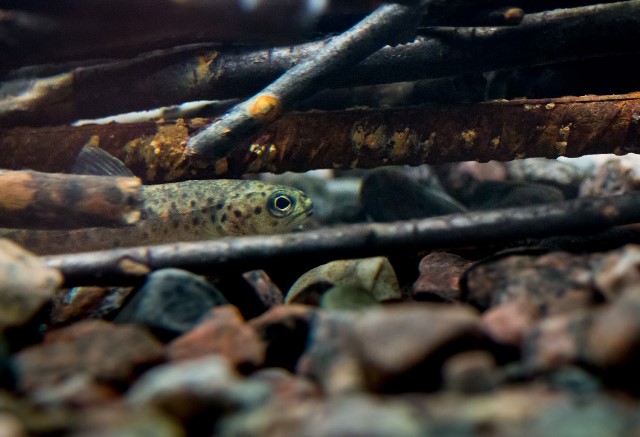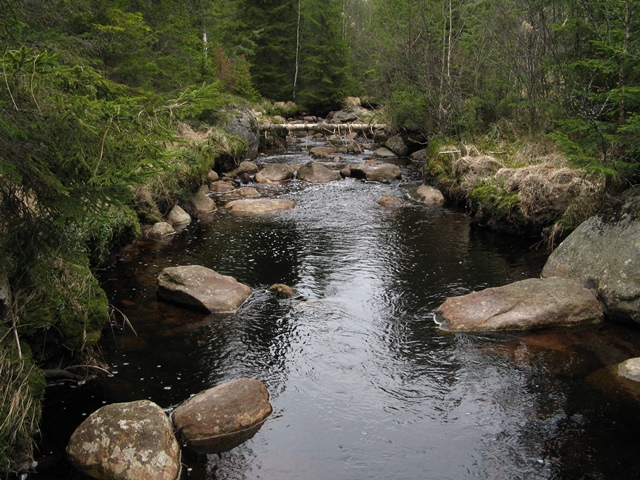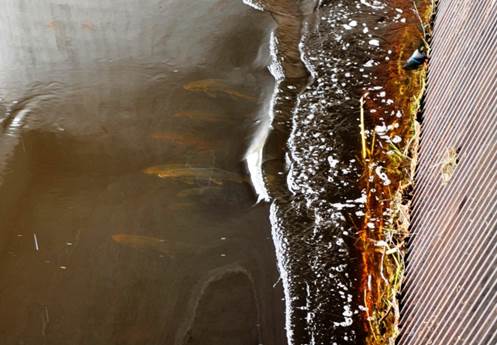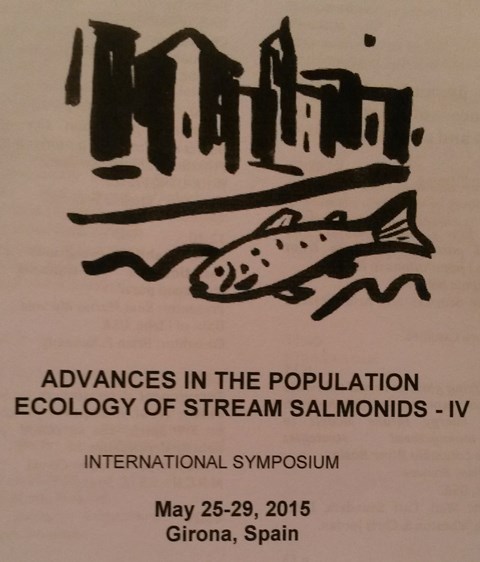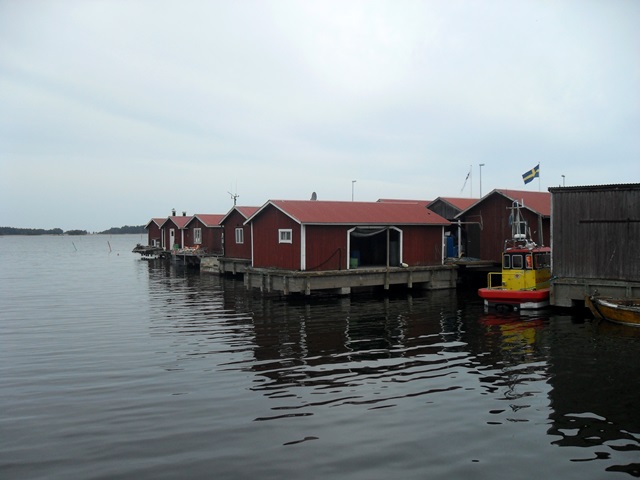31
MAR 2015 
Posted by Daniel Nyqvist |
Vinterekologi
Den vetenskapliga artikeln “Ice cover alters the behavior and stress level of brown trout Salmo trutta”, om juvenila öringars vinterbeteende, har publicerats i Behavioral Ecology. Artikeln är resultatet av ett avdelningsgemensamt experiement på Karlstads Universitet där Johan Watz och Bror Jonsson hållit i taktpinnen. Övriga författare är Eva Bergman, Olle Calles, Åsa Enefalk, Stina Gustafsson, Anna Hagelin, Anders Nilsson, Johnny Norrgård, Daniel Nyqvist, Martin Österling, John Piccolo, Lea Schneider och Larry Greenberg.
I abstraktet beskrivs studien: “Surface ice in rivers and lakes buffers the thermal environment and provides overhead cover, protecting aquatic animals from terrestrial predators. We tested if surface ice influenced the behavior (swimming activity, aggressive encounters, and number of food items eaten) and stress level (coloration of eyes and body) of stream-living brown troutSalmo trutta at temperatures of 3–4 °C in indoor experimental flumes. We hypothesized that an individual’s resting metabolic rate (RMR, as measured by resting ventilation rate) would affect winter behavior. Therefore, groups of 4 trout, consisting of individuals with high, low, or mixed (2 individuals each) RMR, were exposed to experimental conditions with or without ice cover. Ice cover reduced stress responses, as evaluated by body coloration. Also, trout in low RMR groups had a paler body color than those in both mixed and high RMR groups. Trout increased their swimming activity under ice cover, with the highest activity found in high RMR groups. Ice cover increased the number of aggressive encounters but did not influence the number of drifting food items taken by each group. In mixed RMR groups, however, single individuals were better able to monopolize food than in the other groups. As the presence of surface ice increases the activity level and reduces stress in stream-living trout, ice cover should influence their energy budgets and production. The results should be viewed in light of ongoing global warming that reduces the duration of ice cover, especially at high latitudes and altitudes.”
Läs artikeln här. Om du inte har tillgång till tidskriftens innehåll men ändå vill läsa artikeln, maila någon av författarna!
